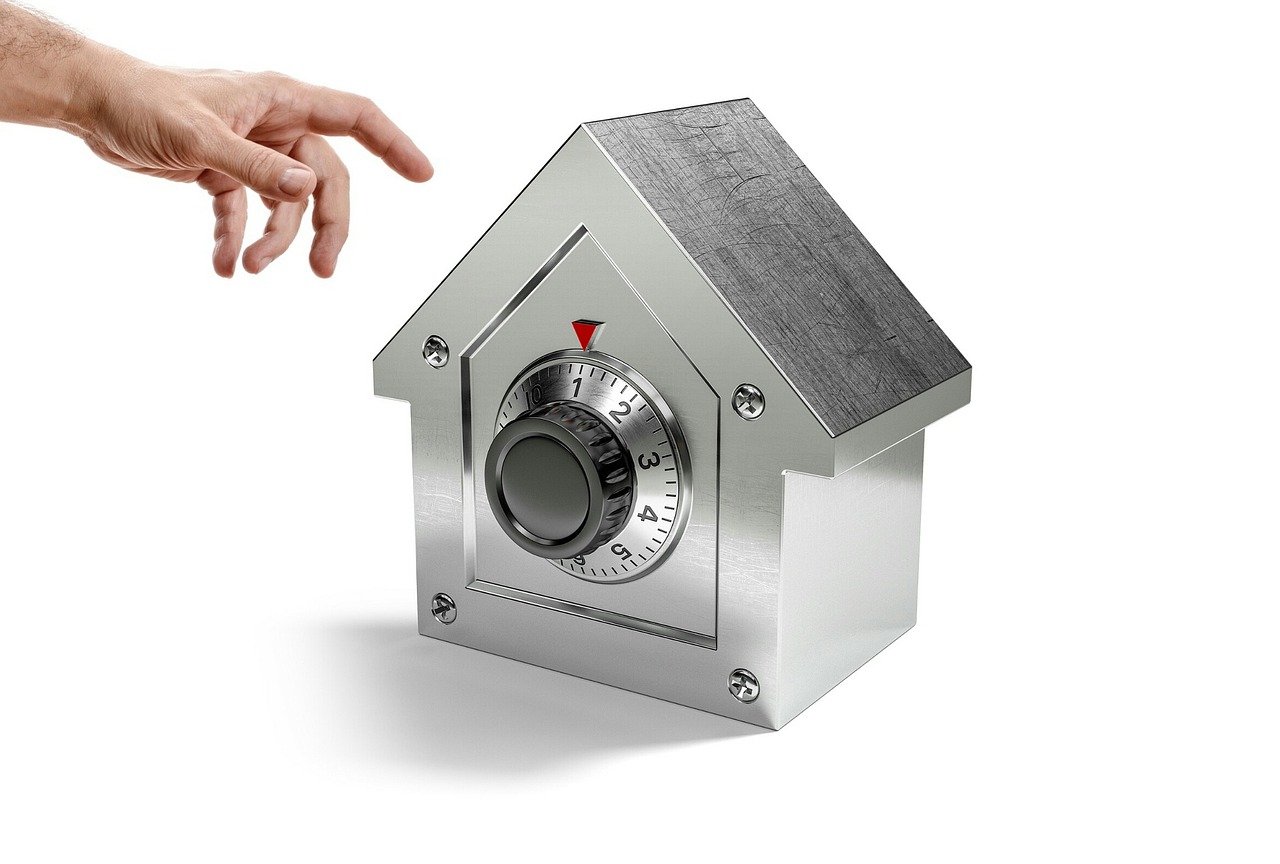Thinking that you could lose all your life's savings through fraud is terrifying.
While you may not think about it every day, it is an ever-present threat, and thousands of Americans have fallen prey.
In 2019, the Federal Bureau of Investigations (FBI) received an average of 1300 complaints of account fraud per day, resulting in over $3.5 billion in losses. Bank fraud occurs in many ways, from identity theft to cyber-attacks, romance scams, check-cashing, and government imposter scams.
While there is no way of guaranteeing that your accounts will be 100% safe, the tips highlighted in this post can help protect your accounts against fraud.
#1 - Check Your Accounts Regularly Online
The ability to access your accounts online is a good and bad thing. Good in that it means you can access your funds from any place as long as there is an internet connection, and bad in that it becomes so much easier for hackers to access your account.
But there are other benefits to accessing your accounts online; it allows you to monitor activities on your account regularly, which is critical for fraud prevention and catching fraudulent activity before it causes extensive damage. You can also go further to activate e-notifications of any activity on your accounts.
#2 - Use Strong Passwords
Unfortunately, most people avoid complicated passwords because they do not want to stress over remembering them. As a result, people tend to use simple-to-crack passwords or one password across all accounts. This means that if a hacker can crack your social media profile password, they have access to all your accounts, including online banking.
The best approach to passwords is making them as non-obvious as possible and having a unique password for every account. It doesn't have to be overly complex. Only ensure that it is not something anyone can guess. Also, make sure you use a good mix of numbers, symbols, caps, and small letters to make it as non-obvious as possible. If memorizing passwords is too much of a hustle, consider using a password manager.
#3 - Consider Two-Factor Authentication
Having two layers of defense on your accounts is better than one, so consider adding a layer of protection to your accounts through two-factor authentication. You may have seen two-factor authentication at work when logging in to your Google account from a different device. Often Google will send a prompt to the devices that are already signed in and only allow access on the new device if you answer the prompt on the other devices.
Two-factor authentication for your bank accounts works in the same way. Every time a person logs in, you receive a code on your phone or email, which you then use to access your account. This approach ensures that only you can access your accounts since only you can access the sent code.
#4 - Beware of Public Wi-Fi
Almost every public place you visit, from your coffee shop to your favorite restaurant to your local, will have free Wi-Fi. The problem with open Wi-Fi is that cybercriminals can use the loopholes in the connection to access sensitive information from your online activity.
If you are streaming content or reading a blog, there is no harm in using an open network. But if your activity involves logging in to your accounts, public Wi-Fi is not for you unless you have installed VPN on your devices.
#5 - Update Your Apps Regularly
Software update notifications can be nagging. But if the updates have anything to do with the apps you use to access your funds, you may want to change your approach towards them.
The primary purpose of updates is to seal loopholes that hackers may utilize to commit fraud. So failing to update your software exposes you to hackers, which is avoidable by allowing timely updates. So, if you haven't permitted updates in the near past, it's time you go through your apps to ensure that every sensitive app on your device is updated.













